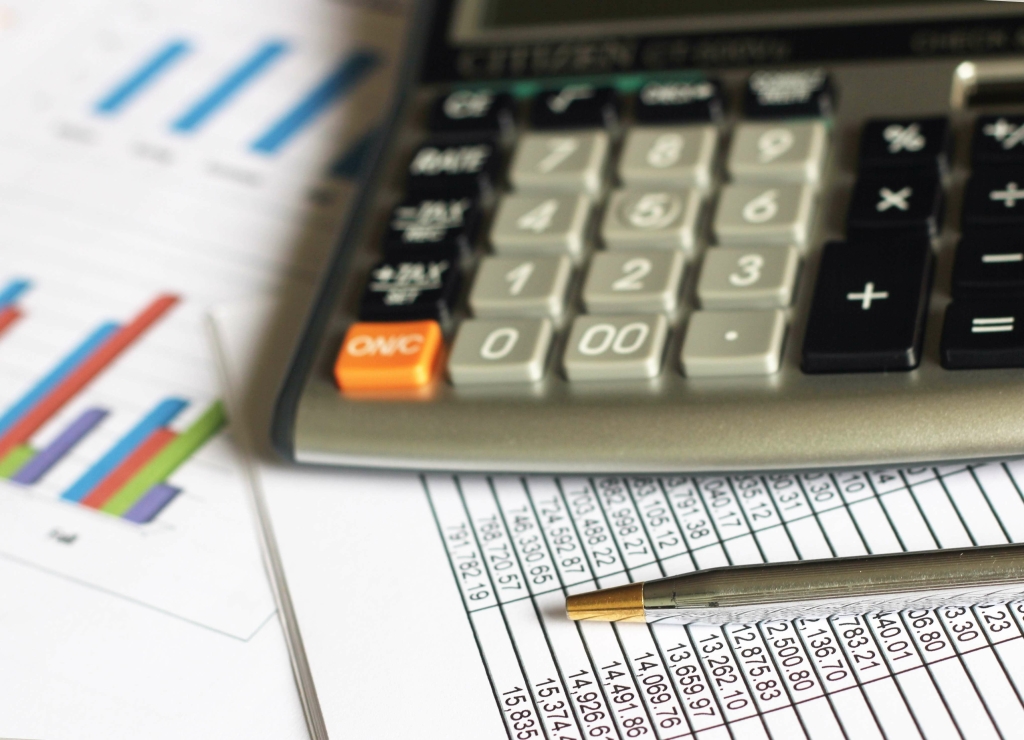Normal Balance of Accounts

Notice that when money comes in, we debit our Cash account, while when money goes out, we credit our Cash account. Since the debit side of Travel Agency Accounting this ledger tracks the balances of all assets, it shows what resources or net worth the business has at a given point in time. Assets represent what a business owns that provides future economic benefit, such as cash, accounts receivable from customers, property, equipment, and inventory.
- When a business earns revenue, such as from sales of goods or services, the corresponding revenue account is credited.
- Trial balances give a clear view of accounts at a certain time.
- Equity (what a company owes to its owner(s)) is on the right side of the Accounting Equation.
- There are unadjusted, adjusted, and post-closing trial balances.
- At the heart of accounting lies the fundamental accounting equation, which represents the relationship between a company’s assets, liabilities, and owner’s equity.
- Revenue accounts, reflecting income earned, increase with a credit.
Record your transactions in Brixx

A normal balance refers to the side of an account, debit or credit, where an increase in that account’s balance is recorded. This concept is integral to the double-entry accounting system, where every financial transaction affects at least two accounts. Each of the five main types of accounts—Assets, Liabilities, Equity, Revenues, and Expenses—has a specific normal balance. Each type of account within the accounting system has an expected normal balance, which is either a debit or a credit. Assets, representing economic resources owned by a business, typically carry a debit balance. For example, the Cash account, as an asset, normally has a debit balance because debits increase cash.

Normal Balances of Equity, Revenue and Expenses

They show bookkeepers and accountants where to record transactions. Keeping transactions consistent is crucial for trustworthy financial reporting and analysis. T-accounts help accountants see how debits and credits affect an account. Revenue rises with credits and its normal balance is on the right. A contra account contains a normal balance that is the reverse of the normal balance for that class of account. The contra accounts noted in the preceding table are usually set up as reserve accounts against declines in the usual balance in the accounts with which they are paired.

Real-world Examples Demonstrating Debits, Credits, and Normal Balances

Similarly, as your business incurs expenses, from rent to office supplies, these costs also nudge your debit balance upward. It’s a fundamental principle that acts as compass for financial navigation, guiding you through the ocean of numbers to a harbor of consistency and accuracy. Furthermore, we examined the role of normal balance in supplies normal balance financial statements. By following the expected normal balances, accountants ensure that financial statements accurately represent the financial position, performance, and cash flows of the business. A debit is an entry on the left side of an account, while a credit is an entry on the right side. The “normal balance” of an account is the side (debit or credit) where an increase to that account is recorded.
- When an account has a balance that is opposite the expected normal balance of that account, the account is said to have an abnormal balance.
- So when an accrued expense is paid, the Liability account is debited (its normal balance side), and Cash is credited (its debit-normal balance is reduced).
- The normal balance, which is a credit, indicates the expected positive amount owed.
- They highlight the importance of understanding journal entries in everyday business.
- In general, supplies are considered a current asset until the point at which they’re used.
Thousands of people have transformed the way they plan their business through our ground-breaking financial forecasting software. As a new business owner, there will be a variety of financial reports and terms that you may not be aware of. Learn how tools like Brixx help accounting firms work smarter, serve clients better, and stay ahead in a fast-changing industry. Planning revenue should feel like you’re creating a positive route for success. However, https://elec-tronics.com/filing-information-for-new-york-state-residents/ oftentimes, businesses will end up with a plan that’s more…